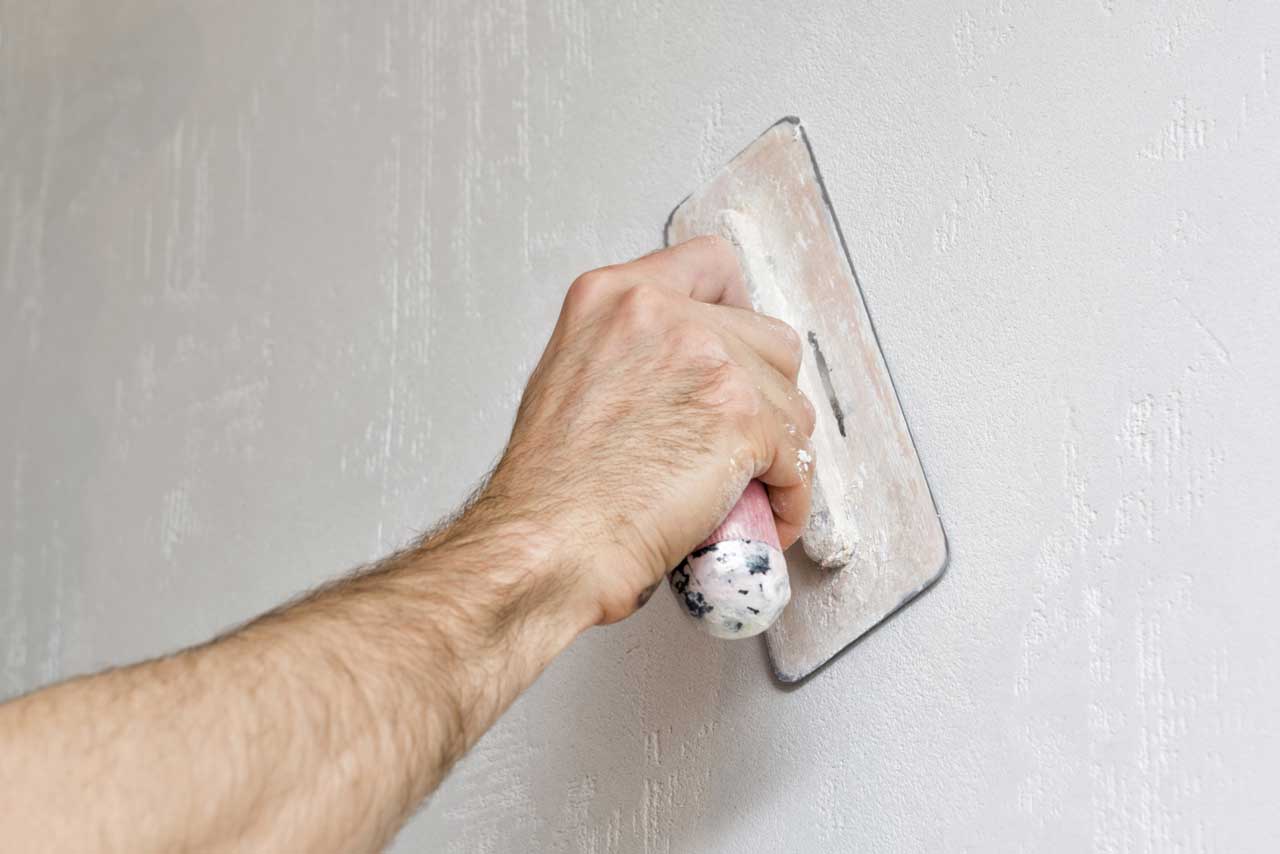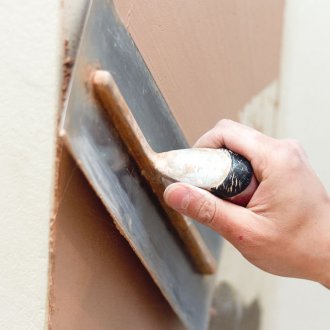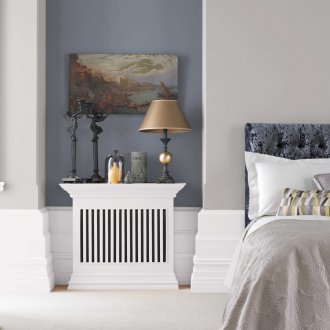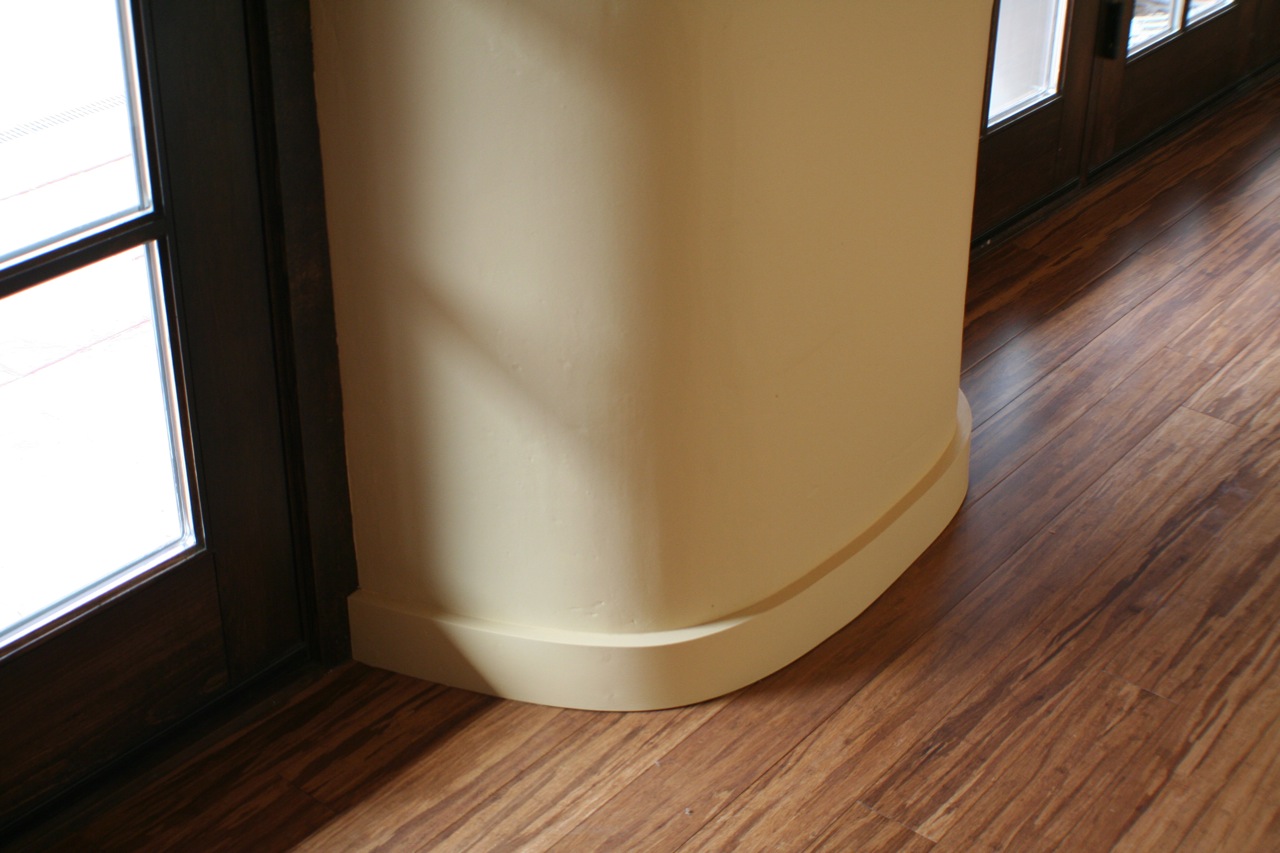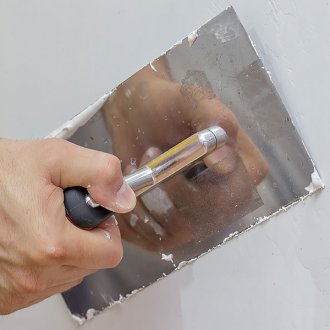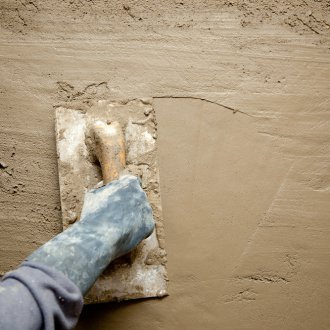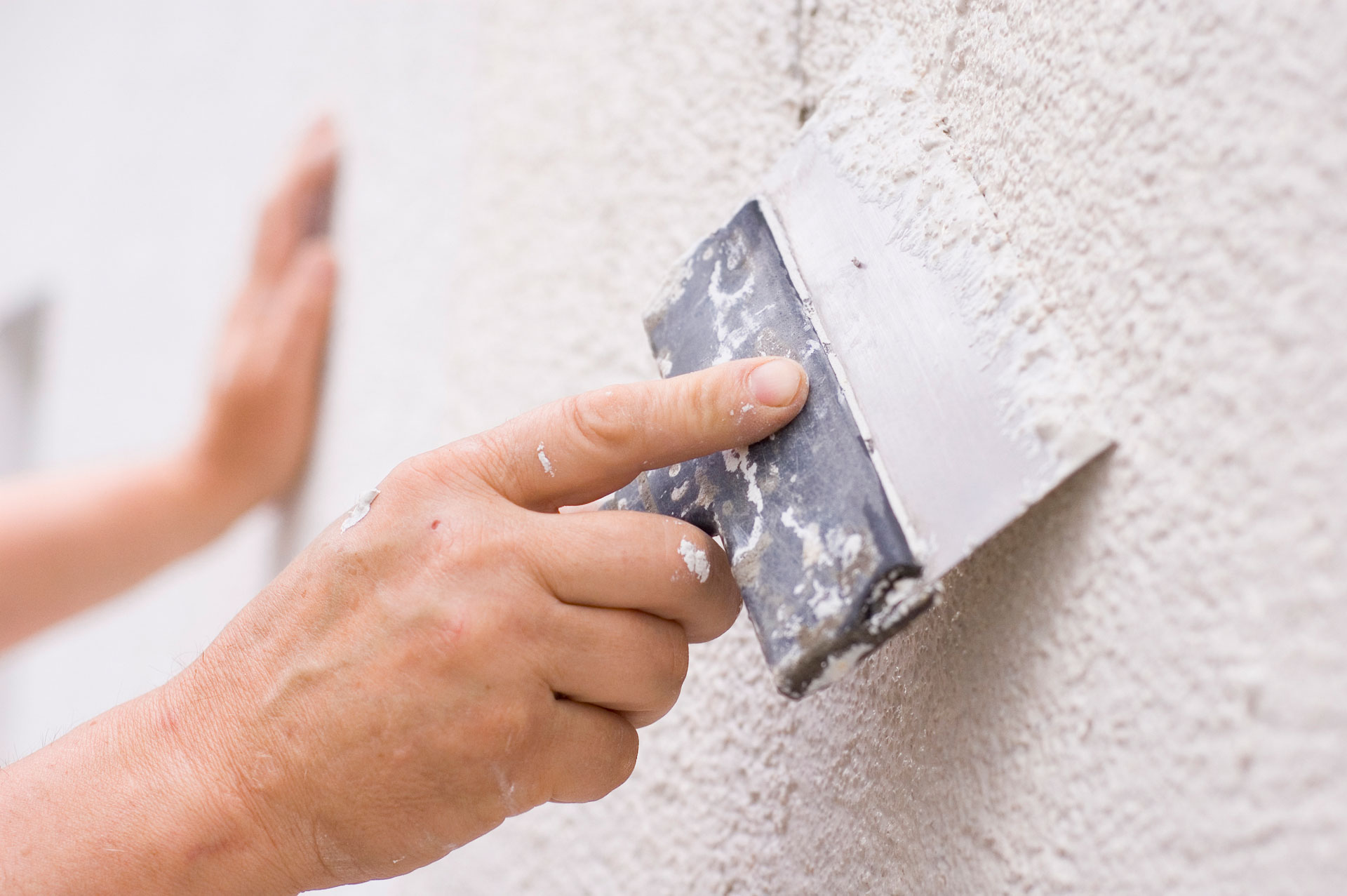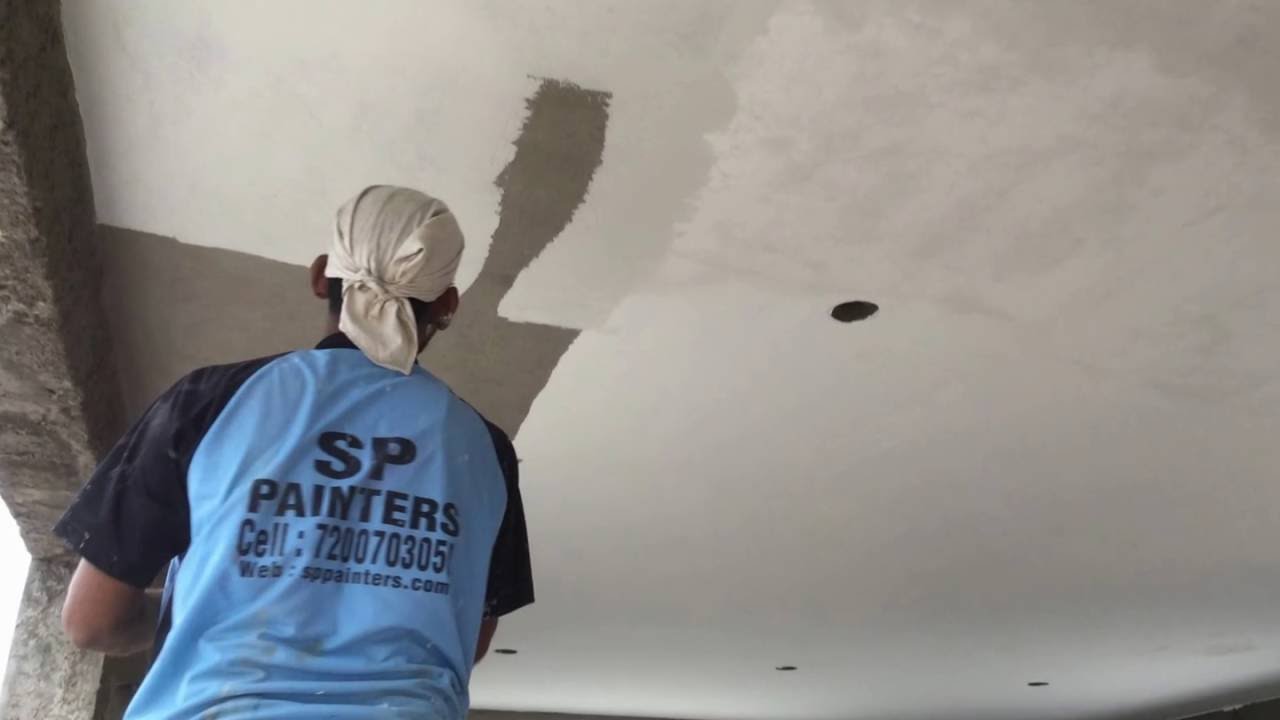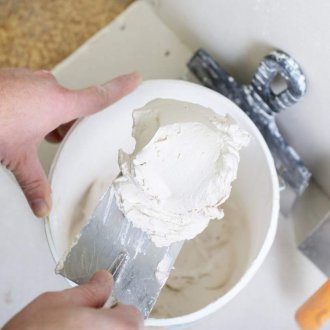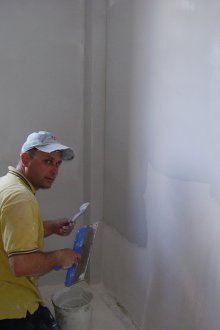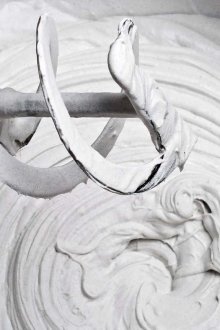What is better to choose for finishing work: plaster or hard putty and what type?
Both putty and plaster are widely used in construction mixtures, used for surface finishing. Although there are many similarities between them, the tasks that can be solved with their help still differ, as well as their physical properties.
Putty
This is a plastic mass produced at industrial enterprises and sold either in the form of dry mixes, or in the form of ready-to-use. Compared to plaster, putties, neither starting nor finishing, can be prepared independently: on the one hand, this is impractical, and on the other, it is practically impossible. Their astringent components are:
- cement;
- polymeric materials;
- gypsum.
Putties are used both for internal work and for the decoration of facades. With their help, they align walls, eliminate on their surfaces:
- cracks;
- shcherbin;
- scratches.
They can also be used as putty for concrete floors.
The use of the finishing composition allows you to get surfaces even and perfectly smooth. Starting putties are coarser in structure for leveling and rubbing cracks up to 10 millimeters wide, and finishing putty is used for final (finishing) finishing of surfaces, for example, walls intended for painting or sticker wallpaper.
Plaster
This mortar can be used to level the surface with a level difference of up to 15 centimeters! In addition, the application of plaster is sometimes used to improve the thermal insulation of the building, as well as, to a certain extent, its moisture resistance.
Compositions for plastering are made on various bases:
- cement;
- calcareous;
- gypsum;
- gypsum cement.
Both the plaster and the putty are applied in several layers, however, when plastering, a completely different technology is used, consisting of three different stages of applying the building material, such as:
- spray (creates a fixing layer that hides surface defects and provides strong adhesion to it of subsequent layers);
- middle layer (or priming, its task is to level the level and ensure the required coating thickness);
- cover (is the top finish, that is, the last layer of plaster).
Plaster and putty are also distinguished by the fact that:
- the time of complete drying during surface treatment according to the first technology, as a rule, exceeds 48 hours, while with puttying it is possible to start sanding after 24 hours;
- plastered surfaces are generally not abrasive treated at all.
In addition to conventional building plasters, which have such a sandy component as quartz sand, its more unusual types also exist. For example, today designers can work with natural white, with high diffusion properties, universal plasters with marble granules. Moreover, they are applicable both for interior work and for facade. With their help, noble surfaces can be created, both walls and ceilings, reminiscent of the appearance of marble, easy to process and have antibacterial properties.
Cement-based putty
Most often, in the finishing work related to the preparation of walls for painting or wallpapering, cement putty is used.It is also used for closing cracks, eliminating small surface drops, irregularities. The use of putty is possible not only in dry but also in wet rooms, as well as when performing facade work. In the latter case, the use of special cement facade putties is recommended.
Cement putty can, taking into account the binders included in its composition, be considered as lime and gypsum, and can be of another type, for example, it can be called white cement putty if it is made using white cement.
In addition, cement-based putties are divided into two main categories of this building material, such as cement finishing putties and starting cement putties.
As for the starting cement putty, it is used in the initial stages of finishing work in order to seal holes or large cracks with it. At the same time, putty should be applied with a sufficiently thick layer, but not exceeding one and a half centimeters. The granularity of the sand component (in the form of quartz sand) of such putty is usually not more than 0.8 millimeters. In this case, as a rule, the surface treated with the starting putty looks flat, but a little rough due to the presence of sand inclusions.
Finishing putty is used at the final (practically last) stage of finishing work. The size of the sand grains included in its composition should not exceed 0.2 millimeters, since only in this case can a fairly smooth surface be obtained. When applying cement putty of the finishing type, it is impossible to mask roughnesses, cracks, cracks well.
Putty, created on the basis of ordinary cement, is usually gray, therefore, in cases where this is unacceptable, a white finish putty is used, which contains white cement, which provides this building material when used, for example, in finishing facade works required white color.
In addition to the white putty already mentioned above, there are also more exotic high-quality types of putties, for example, calcareous putties on calcareous bases with marble flour, additionally added to them. With their help, high-quality decorative surfaces resembling marble and containing iridescent shiny elements can be created. Such lime putty, when applied, is often also called Venetian plaster.
Cement putty for interior work, as well as for facade decoration, is available in two versions.
Dry putty
The advantage of using this building material is that you can control the process of diluting it with water itself and get the consistency that is necessary in this particular case. The working solution prepared from dry putty has excellent adhesion and does not crack after drying, but all this is ensured only if all technological operations for the dilution of the dry mixture and its application were carried out correctly.
Liquid putty
For its packaging, plastic buckets are used, after opening which, the putty mixture can be used immediately for its intended purpose. Its disadvantages compared to dry putty are:
- shorter shelf life;
- faster solidification;
- large shrinkage after final drying;
- the appearance of cracks when applying a thick layer after some time after it dries;
- higher cost of such putty.
Ready-to-use cement putties should be used for small volumes of work, including when there are small and shallow cracks.
When trying to decide which cement putties to prefer, lime or not, when starting repairs in an apartment or starting to finish the facade of your house, always consider, firstly, in what conditions the treated surface is used, and secondly, what thickness of the layer you plan to apply. The quality of the result of the work and how long it will remain unchanged will largely depend on the correctness of your choice. Examine your problem thoroughly to determine exactly if you need putty or if plastering is better.
